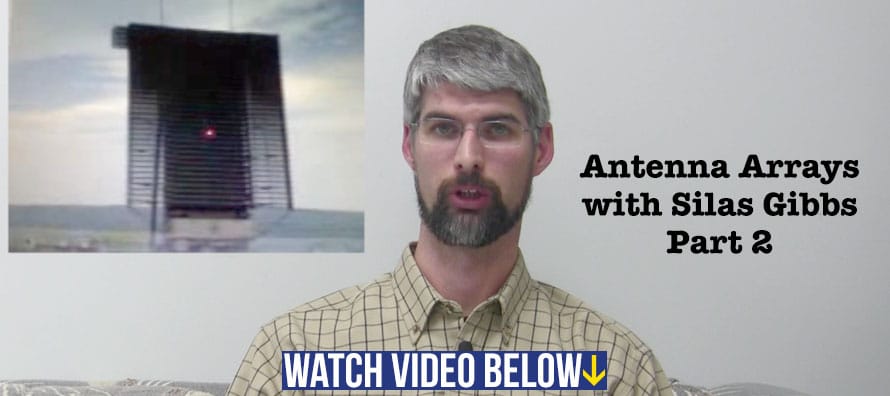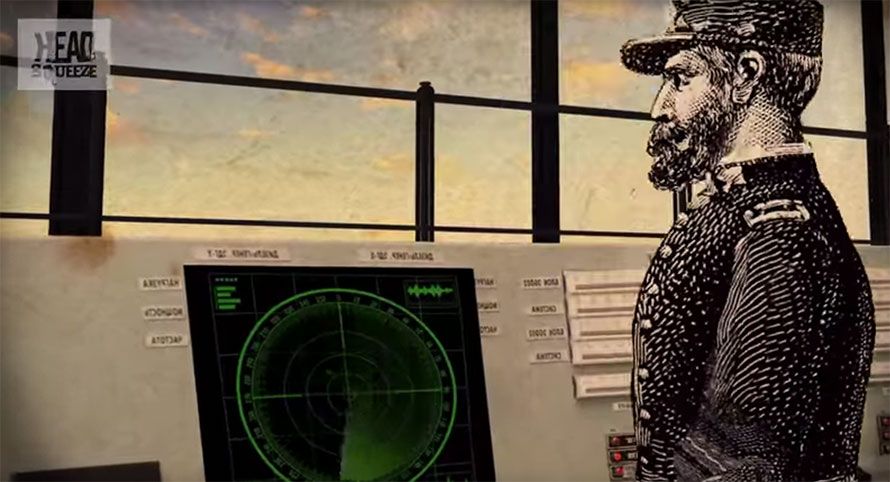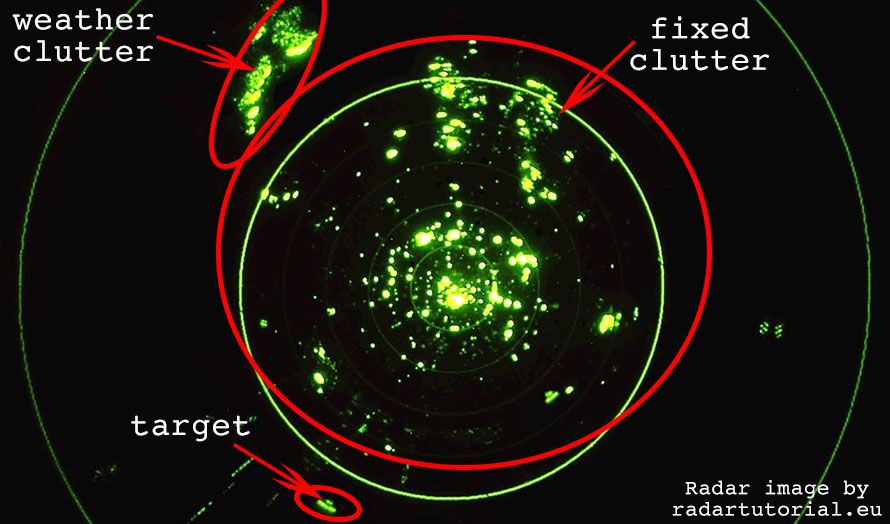The concepts of phase shifting antenna elements to create a high-gain antenna can be extended to allow digital control of the antenna direction in what is known as an Electronically Scanned Antenna. Electronically scanned antenna arrays use phase shifting elements to create dynamically changing direction (and even beam shape) without having to physically move the panel. These antennas can be passive (PESA) or active (AESA) depending on the source of the energy. In a PESA system, the phase shift elements are fed by splitters from a single transmit source, while in an AESA system, each element, or transmit/receive (TR) module contains transmit driver and receive amplifier. Either of these systems provides a number of advantages over a traditional mechanically scanned antenna, especially in airborne radars. These advantages include system weight, power consumption, cooling requirements, operational life, and performance.
This is the second part in a video series on antenna arrays. When you’re finished with this video, go back to see Antenna Arrays Part 1. We encourage you to pass this video along to your colleagues, friends, and your classroom. If you enjoyed this, we also invite you to also view Daniel Roger’s video, “Antenna Elements to Antenna Arrays.” If you have questions please email us.
Antenna Arrays Part 2
Learn how to upgrade from a mechanical scanned system to an AESA Radar








